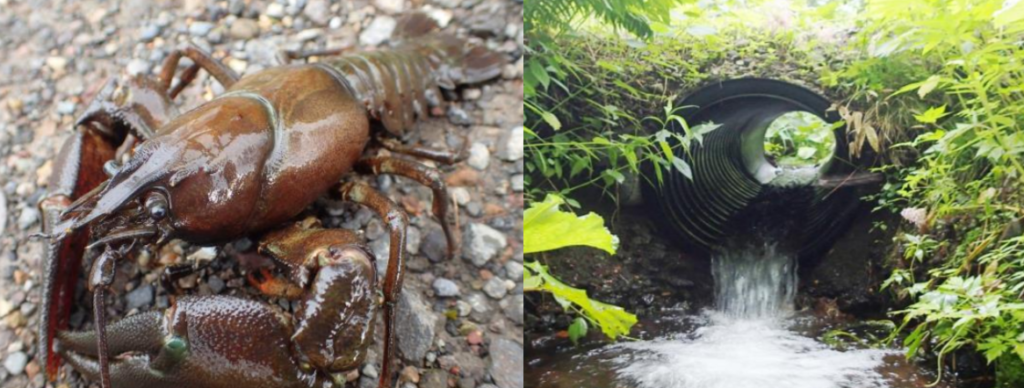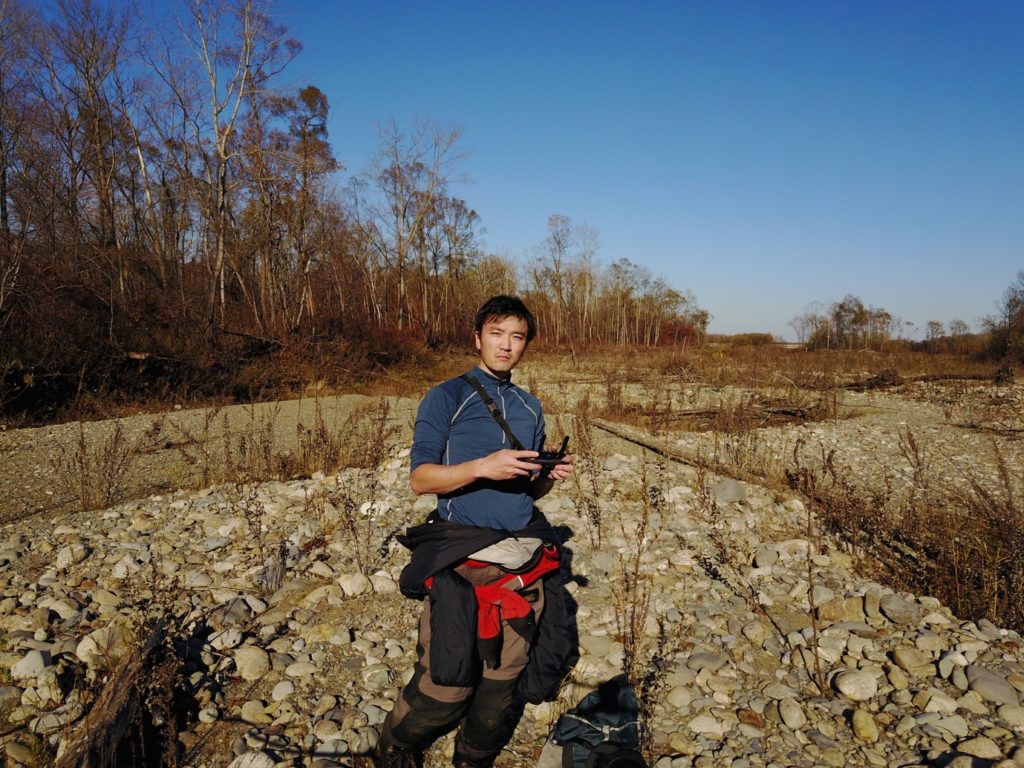Environmental DNA (eDNA) has successfully proven the presence of invasive crayfish in almost all the small streams around Lake Akan in Japan, suggesting that eDNA analysis is an efficient and highly sensitive method to assess the distribution of aquatic organisms.
Researchers from Hokkaido University have found that signal crayfish, Pacifastacus leniusculus, may have endangered the habitat of Japanese crayfish, Cambaroides japonicas, through a survey method utilizing eDNA . The results suggest that signal crayfish are more widely distributed than Japanese crayfish in the streams around Lake Akan.
Freshwater ecosystems face a multitude of threats to their habitats. More than a quarter of all endangered species are among freshwater animals, roughly around 4,600 species worldwide. Biological invasions are a major threat to biodiversity loss in many ecosystems, including freshwater. eDNA is a genetic material extracted directly from environmental samples such as soil, water, air or leftovers from organisms. Lately, eDNA analyses are becoming a practical and cost-effective method for surveying aquatic species and efforts are being made to improve eDNA analyses and clarify their limitations. In previous studies, the distributions of the signal crayfish and Japanese crayfish have only been assessed by capturing specimens by hand without applying eDNA methods.

Non-native signal crayfish (left) were found upstream of a 69 cm-high road-crossing culvert (right). (Kousuke I. et al., Freshwater Science. July 24, 2019)
This study, led by Junjiro Negishi and his colleagues from Pacific Consultants Co., Ltd. and the University of Hyogo, investigated current distribution patterns of Japanese crayfish and signal crayfish in the streams around Lake Akan by both conventional hand capturing method and eDNA analysis. The results have been published in Freshwater Science.
Species-specific eDNA primers were first developed to detect and distinguish species. 17 streams were then surveyed by both methods. The surveys showed that signal crayfish are now largely invading 16 of the 17 streams, a total of 19 of the 22 sites (86%).
"Unexpectedly, signal crayfish DNA was detected at almost all the sites, even upstream of a fast current, steep slope, and a road-crossing culvert with a great drop-off height, suggesting the expansion of its distribution range in the past decades," says Junjiro Negishi. "eDNA of one or both species was found at some sites where no individuals were caught by hand, showing that eDNA can identify the presence or absence of aquatic organisms more reliably than conventional survey methods."
Preventing the invasion of non-native species on native species is generally less costly than post-entry control and eDNA analysis could be advantageous due to its potential for rapid and accurate monitoring. "In our study, culverts had limited effectiveness against signal crayfish invasion. So, active species-specific removal projects may be an effective option to minimize the negative impacts of signal crayfish where they are already present," the researchers concluded.
Original article:
Kousuke I. et al., Estimating native and invasive crayfish distributions in relation to culvert barriers with environmental DNA. Freshwater Science. July 24, 2019.
DOI: 10.1086/704998.
Funding:
This study was supported by the Japan Society for the Promotion of Science (JSPS)'s KAKENHI grant (18H03407 and 18H03408).







